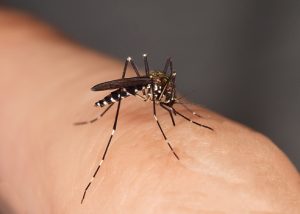September is National Yoga Month. It is a national observance designed to help educate people about the benefits of yoga and to inspire them to live a healthy lifestyle.
Developed in India thousands of years ago, Yoga is a form of exercise that has gained popularity tremendously over the past 50 years.
Yoga teaches increased flexibility by learning how to stretch your muscles. This can help a person improve mobility, feel less tired and improve their posture.
• Some of the other benefits of yoga are:
• Improved immunity
• Ease migraines
• Improve sexual performance
• Better sleep
• Improve eating habits
Yoga can help you to feel calmer and more relaxed. This is because some forms of yoga teach techniques that focus on breathing.
It has also been shown to lower blood pressure and to lower the heart rate. This can greatly help people who have been diagnosed with heart disease and who either have had a stroke or at risk of having a stroke.
It usually takes a few weeks to start seeing the benefits of yoga. When looking for yoga classes, find an instructor who has proper training and who is certified to teach the class. It can be practiced by just about anyone, and it isn’t just for people who are in good physical condition.
All content of this newsletter is intended for general information purposes only and is not intended or implied to be a substitute for professional medical advice, diagnosis or treatment. Please consult a medical professional before adopting any of the suggestions on this page. You must never disregard professional medical advice or delay seeking medical treatment based upon any content of this newsletter. PROMPTLY CONSULT YOUR PHYSICIAN OR CALL 911 IF YOU BELIEVE YOU HAVE A MEDICAL EMERGENCY.



